Never Ignore These Signs That Your House Is In Danger
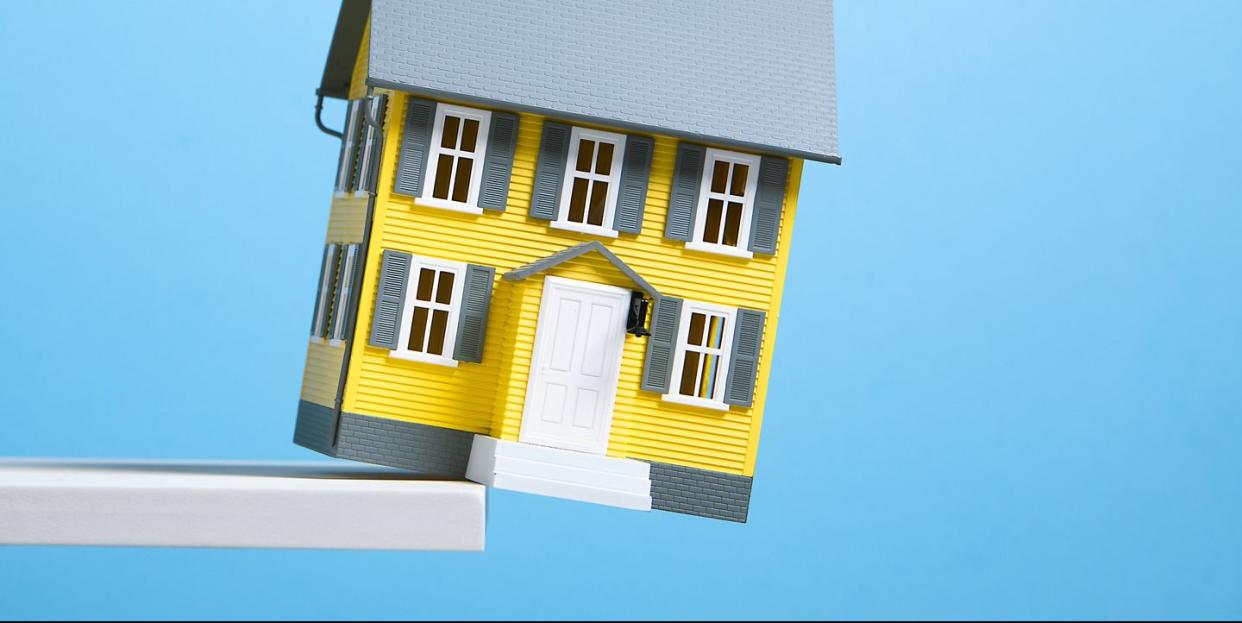
Unfortunately, homeownership doesn’t come with a user's manual. And houses don't speak—whether you live in a new build or a historic home, you don't necessarily know what every creak of a board or rush of cold wind means. But those subtle signs are often your home trying to tell you something—and they might signal problems with its foundation, plumbing, and electrical systems.
We went straight to home maintenance experts to find out what are the most common danger signs that you might be overlooking. Pay close attention, and these sometimes subtle signals could inspire you to take action before a small issue snowballs into costly repairs or even safety hazards. In the end, every home needs an observant owner who listens to its needs.
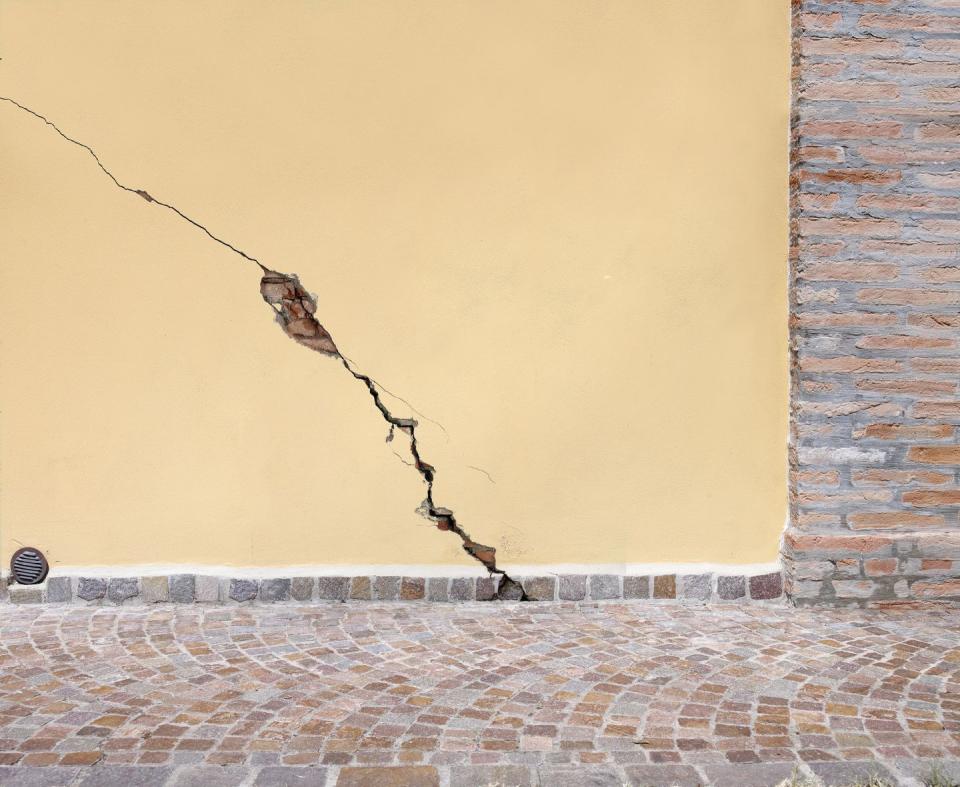
Cracks in the Wall
It’s normal for a house to settle over time. This happens when the foundation and framing shift in response to fluctuating soil temperatures, the moisture content of the building materials, and the home's weight, explains Carol Alexander, a remodeling expert with Fixr.com, a site that helps people calculate home repair costs. She says that some of the normal signs that a home is settling include minor cracks in the plaster or drywall and doors that start to rub on the floor.
But, she warns, certain types of flags should raise a red flag about potentially serious foundation problems. Those include:
• Cracks in the walls or floors that are wider than ¼-inch thick
• Cracks that run diagonally or horizontally
• Cracks that reappear after they’ve been repaired
Some more signs of foundation problems include separations between the baseboards and floor, a sagging or uneven roofline, water pooling in the basement, and uneven concrete in the basement, Alexander says.
Usually serious foundation issues are caused not by natural settling, but by improper drainage. To avoid these problems, make sure your downspouts drain away from the home and that the guttering system is always free of debris and operates properly, she says.
If you're concerned about cracks in your home, Alexander suggests reaching out to a building contractor who specializes in foundation repair. Repairing the foundation could include adding additional support beams to the structure or correcting the drainage outside the home if the settling is caused by runoff, says Mike Hankins, a home inspector with WIN Home Inspection.
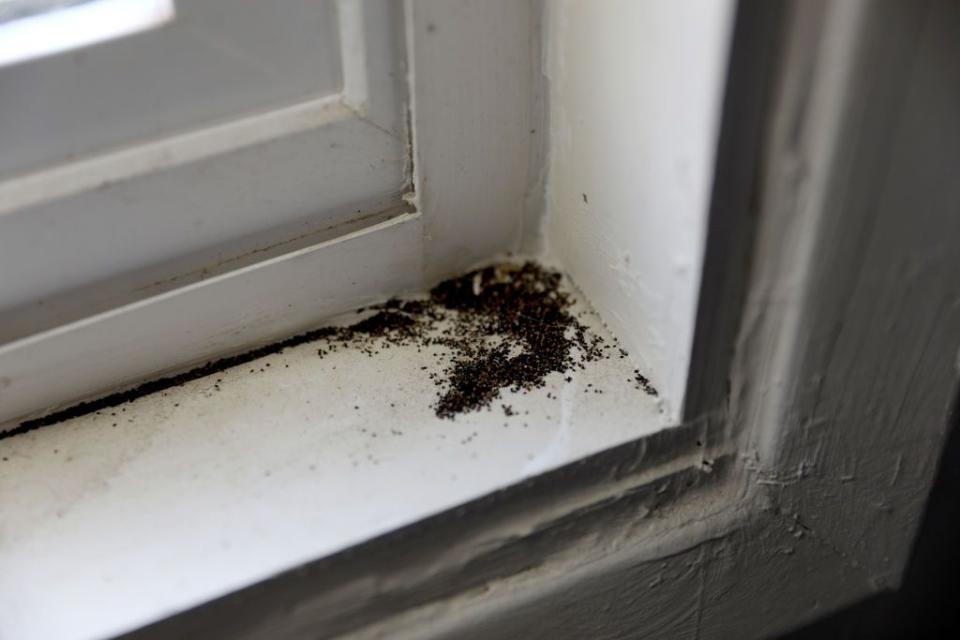
Sawdust-Like Piles
You're not doing any DIY projects that require sawing or sanding, but you're noticing little mounds of sawdust piling up in your home. What gives? Sadly, it's not a sign that little fairies are building houses nearby. Instead, it means termites are chewing their way through your walls. When insects gnaw through wood they leave behind these digested piles known as frass.
Left untreated, a swarm of termites can chew through the floor joists and roof rafters of a house, weakening your home from the inside, Alexander explains. To avoid major structural issues caused by pesky termites, homeowners should keep their eyes peeled for signs of an insect infestation, particularly in the basement or crawl space and attic, she says. Some other termite infestation signs include peeling paint, wood that sounds hollow when you tap on it, and small holes in the drywall.
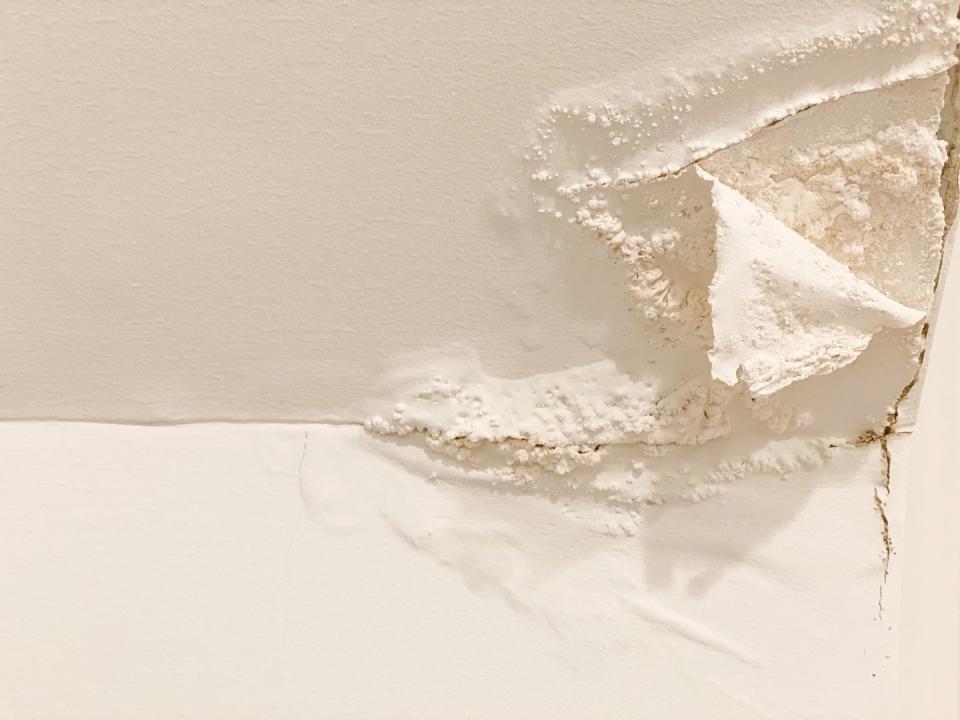
Damp Patches on Walls
Damp or discolored patches on the walls or ceilings are a telltale sign that you have a water leak, especially when they're paired with musty odors and unexplained increases in you water bill, says Velody Foye-Byrd, a real estate investor and CEO of Eagle Home Partners in North Carolina.
Water leaks are problematic because they can cause structural damage, mold growth, and increase the risk of electrical hazards, Foye-Byrd warns. Once you've located a leak, you’ll probably need to contact a professional plumber to repair the leaky pipes, faucets, or fixtures. But to avoid potential damage, Foye-Byrd suggests regularly inspecting your plumbing systems, checking for leaks around toilets, sinks, and showers.
Grease Marks
It's obvious you've got a pest problem when you see rodents skimper across your kitchen floor. But a lesser-known sign is the sudden appearance of grease marks, says Allan Bossel, a pest control expert and owner of Michigan Bed Bug Specialists.
"Rodents have oily fur, so they leave a trail of grease wherever they go," he says. Look for the grease marks on floors or other surfaces, especially in the kitchen where rodents snack and in corners where the wall meets the floor because they also have a habit of walking against the wall.
Mice can be problematic because they carry bacteria and can gnaw away at electrical wires, which could pose a fire hazard. Skip some of the DIY methods for getting rid of rodents (they’re not all that effective) and call in a professional or try these tips for getting rid of mice in your home for good.
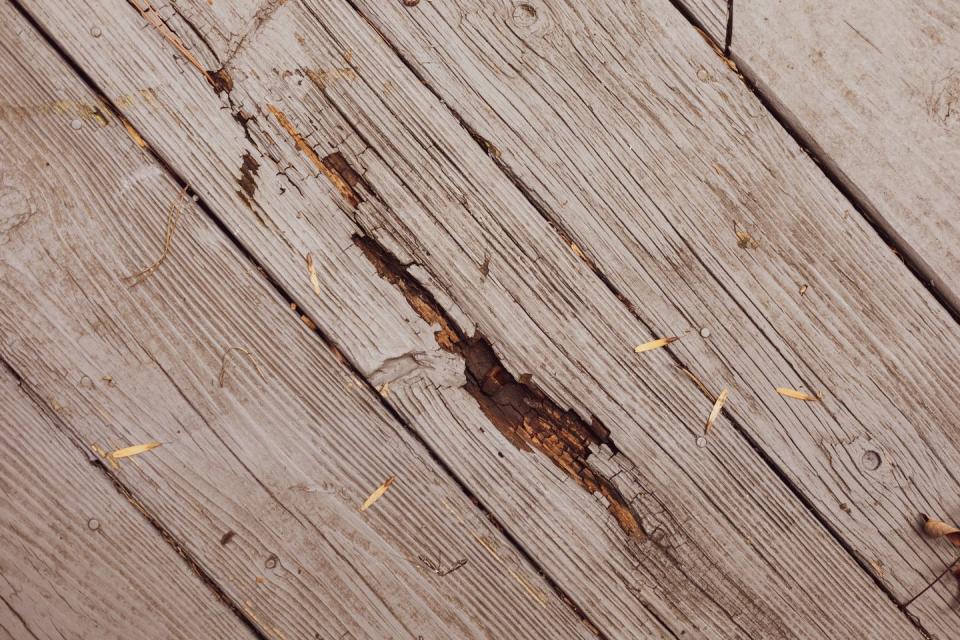
Rotting Wood
Rotting wood can happen naturally over time, says Sarah Jameson, marketing director with Green Building Elements, a construction consulting firm. Blame it on the sun, rain, snow and other elements that cause materials to degrade. But wood with soft, rotting areas can also be indicative of a larger issue, and it can threaten the structural integrity of your home and also invite pests and termites.
"If wood stays continually damp from issues like plumbing leaks, poor drainage, condensation, or inadequate sealing, it will rot much faster than normal," she says. As the wood decays, paint can bubble up or flake off, and wood can begin warping or bending. Also, any wood touching soil is vulnerable to fungal rot, Jameson says.
With proper installation, maintenance, and moisture control, quality wood can last decades, she says. High-risk items like decks may need replacement every 10 to 15 years. (You don’t want to risk stepping out on a deck—and stepping right through it!)
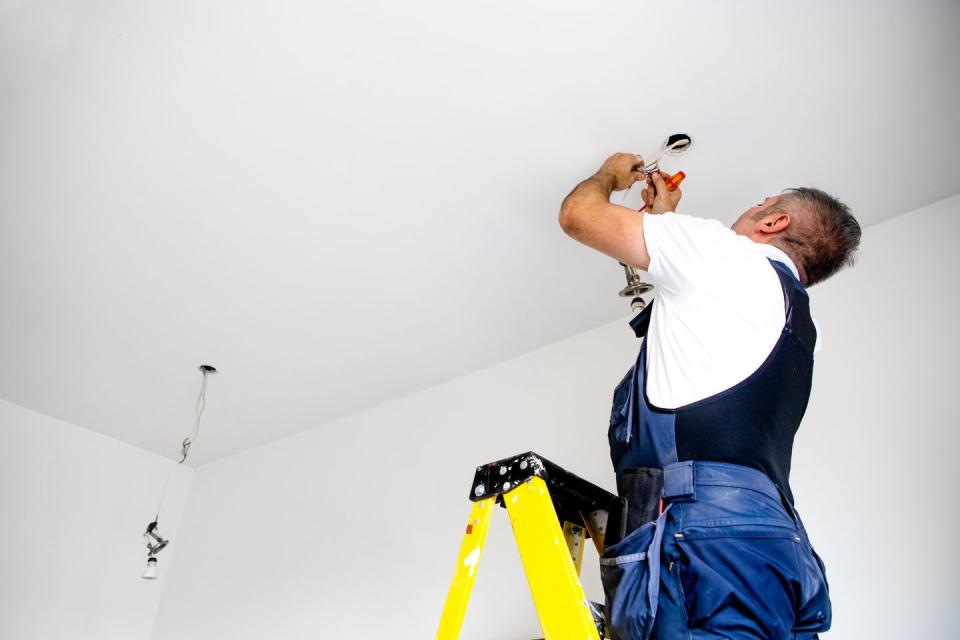
Flickering Lights
Don't blame a ghost for flickering lights! If you regularly notice flickering or dimming, it could be a signal of loose wiring, overloaded circuits, or faulty light fixtures, says Jeff Brandlin, owner of Assurance Electrical Services in Arizona. You'll know you've probably got a problem if it's not just one bulb acting up, but rather light fixtures are flickering throughout your home.
First, check and tighten all lightbulbs and fixtures. If the problem persists, consult a licensed electrician to inspect your electrical connections and circuit breaker panel, Brandlin recommends. Left unchecked, wiring issues could be fire hazards, so whatever (or whoever) is causing the lights to flicker is doing you a favor if it leads you to check and fix any wiring issues.
You Might Also Like

